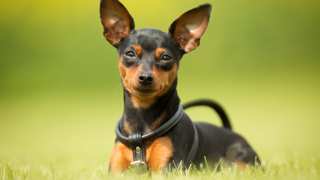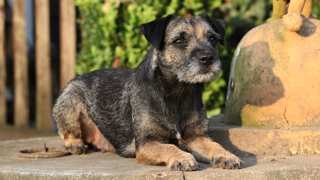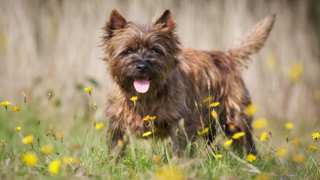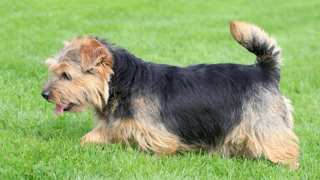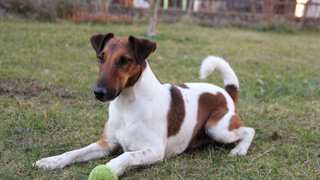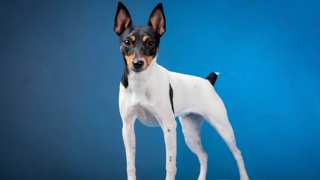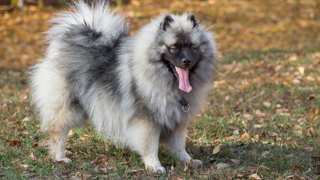Italian Greyhounds require more than a fair amount of exercise on a daily basis, and yet it must be done with great care. These small sight hounds should not be exercised prior to 10 weeks of age, and even after that, it must be done gently. Once they are physically mature, they will be happy to run like the wind for long distances.
Improper exercise too early in the dog's life can create conditions that too frequently lead to severe injuries. As puppies, these dogs have many fragile aspects. Their first year of development, even in the best of conditions, will nonetheless result in a dog that remains prone to certain injuries such as slipped kneecaps (i.e., luxating patella, trick knee, etc.). They should never be let off the leash in an unrestrained area as they are keen to take off after most anything that moves. They can run as fast as 25 mph, and you will not catch them. They are also infamous for having "selective hearing" once running, and even the best-trained Iggys are known to not respond. They are equally easy to startle and can be off like a shot from something unnoticeable to humans. Also of extreme importance is the type of collar used. Typical dog collars will allow Italian Greyhounds to easily slip out. You must get a specialized sighthound collar to prevent escape and injury. These are one of the few dogs for which harnesses are good, but you should avoid nylon ones that will chafe their delicate coats. Still, they must get their daily exercise to the fullest extent or they will rapidly develop anxieties that will quickly create all manner of concerns, skin conditions, potty problems, and more.
The best exercises for IGs are simple and few. They don't like water, stressful situations, or noisy environments. Along with the high costs to adopt and care for this breed, having the right place to exercise is no walk in the park, so to speak. Here is what you can do to exercise your Italian Greyhound:
- Walking: At least two long walks every day of an hour or more is practically mandatory.
- Running: If you love to run and there are long stretches of car-free countryside nearby, this is nearly perfect!
- Free Play: If you have a large, well-fenced, and manicured lawn around your home, this can be a great place for your Iggy to run freely.
Unlike most dog breeds that don't mind many modes of exercise and activity, IGs have no real ways to skip exercise or lower their needs for the limited types of exercise they require. They are high-strung dogs with vast reserves of energy and were bred to be constantly on the run at very high speeds. When they are not being walked or running around, however, they prefer to be resting. As such, they tend to not be intrigued by puzzles, games, fetch, and other indoor activities. You simply must be prepared to devote a few hours a day, every day, for the long life of this dog.

